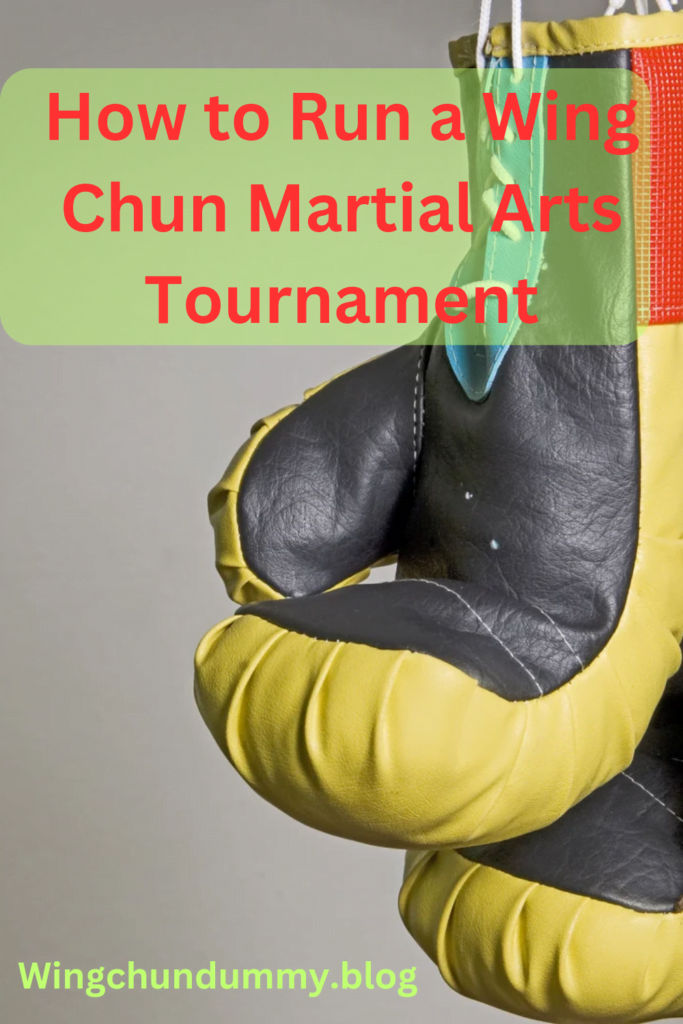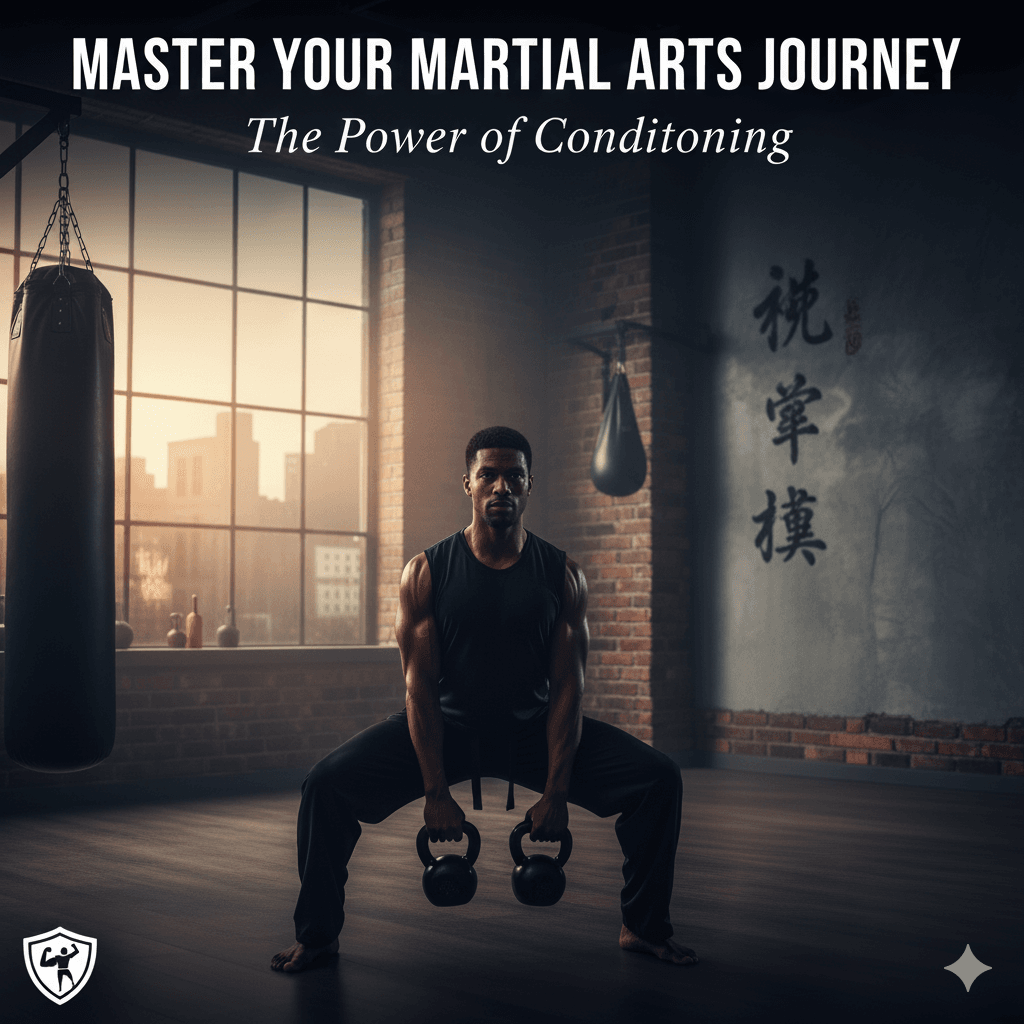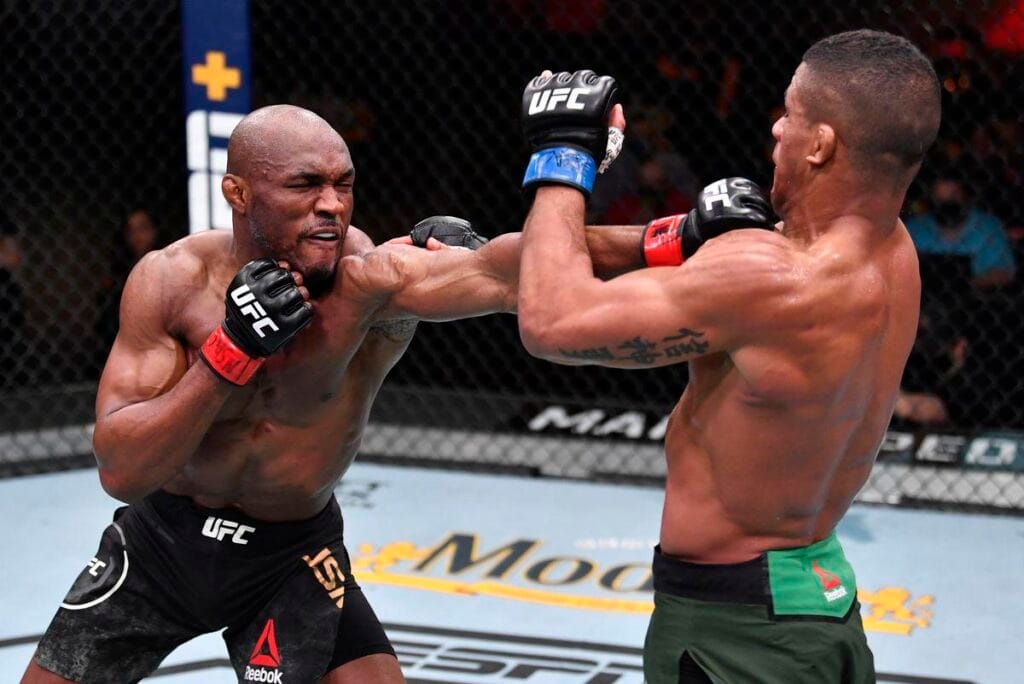Wing Chun, a traditional Chinese martial art, is renowned for its efficiency, simplicity, and directness (Wing Chun tournaments).
Originating in the southern regions of China, Wing Chun emphasizes close-range combat, rapid strikes, and fluid movements.
Its rich history is intertwine with legends, most notably that of the Buddhist nun Ng Mui, who is credit with its creation.
The art gained international recognition through the teachings of Ip Man and his famed student, Bruce Lee.
Wing Chun tournaments play a crucial role in the martial art’s ecosystem.
These competitions offer practitioners an invaluable platform to test their skills, demonstrate their mastery of techniques, and engage with a broader community of martial artists.
By participating in tournaments, Wing Chun practitioners can measure their progress, identify areas for improvement, and gain practical experience under pressure.
Moreover, tournaments are instrumental in promoting Wing Chun to a wider audience.
They serve as public showcases that highlight the art’s unique attributes and philosophies.
This increased visibility can attract new students and foster a deeper appreciation for Wing Chun’s cultural and historical significance.
Additionally, these events help to build and strengthen the Wing Chun community, creating networks of practitioners who share a common passion and dedication.
Ensuring a fair and competitive environment is paramount in Wing Chun tournaments.
Adhering to traditional practices and maintaining the integrity of the art form are essential.
This includes implementing standardized rules, fair judging criteria, and ensuring that all participants are well-versed in the fundamental principles of Wing Chun.
Such measures not only preserve the authenticity of the martial art but also guarantee that the competition is a true test of skill and technique.
In summary, Wing Chun tournaments play a multifaceted role in the martial art’s landscape.
They promote the art, enhance practitioners’ skills, and nurture a vibrant community, all while upholding the traditional values and practices that define Wing Chun.
Effective planning and preparation are critical components in organizing a successful Wing Chun martial arts tournament.
The initial steps begin with selecting a suitable date that does not conflict with major holidays or existing martial arts events.
Ensuring a convenient date encourages maximum participation from competitors and spectators alike.
Securing a venue is the next crucial step.
The chosen location should be spacious enough to accommodate multiple competition rings, seating for spectators, and areas for warm-up and preparation.
Venues such as local sports halls or community centers are often ideal due to their ample space and accessibility.
It is also essential to verify the availability of necessary amenities, including restrooms, changing rooms, and adequate parking.
Determining the format of the competition is another fundamental aspect.
Options include single elimination, double elimination, and round-robin formats, each with its own set of benefits and logistical considerations.
The format should be chosen based on the number of participants, the duration of the event, and the level of competition.
This decision will also influence the scheduling and pacing of the matches throughout the day.
Creating a detailed timeline and budget is indispensable for staying on track and maintaining financial control.
The timeline should encompass all key milestones, from the initial planning stages to the day of the tournament.
Including deadlines for securing the venue, registering participants, and finalizing the competition schedule.
Meanwhile, the budget should account for all potential expenses, such as venue rental, equipment, insurance, marketing, and any fees associated with obtaining necessary permits.
Permits and insurance are often mandatory for such events, ensuring compliance with local regulations and safeguarding against potential liabilities.
Coordinating with local Wing Chun schools and clubs is also vital to foster community engagement and encourage participation.
Reaching out to these institutions early in the planning process can help build enthusiasm and secure a robust roster of competitors.
In summary, meticulous planning and preparation lay the groundwork for a successful Wing Chun martial arts tournament.
By addressing each of these elements thoroughly, organizers can create a well-structured and enjoyable event for all involved.
Rules and Regulations
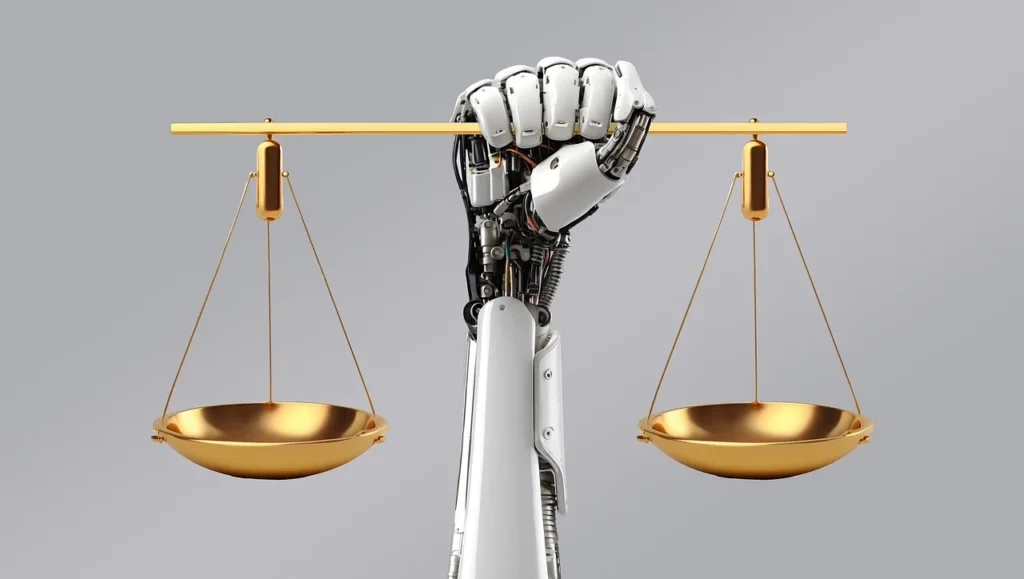
Organizing a Wing Chun martial arts tournament necessitates a comprehensive understanding of the rules and regulations that govern the sport.
These guidelines ensure a fair, competitive, and safe environment for all participants.
The criteria for scoring in Wing Chun tournaments typically emphasize technique, control, and effective application of skills.
Judges award points based on the accuracy, precision, and impact of strikes, as well as the competitor’s ability to demonstrate proper Wing Chun principles.
Only specific techniques are allowed during matches to maintain the integrity of Wing Chun.
Permissible techniques include punches, palm strikes, elbow strikes, and low kicks.
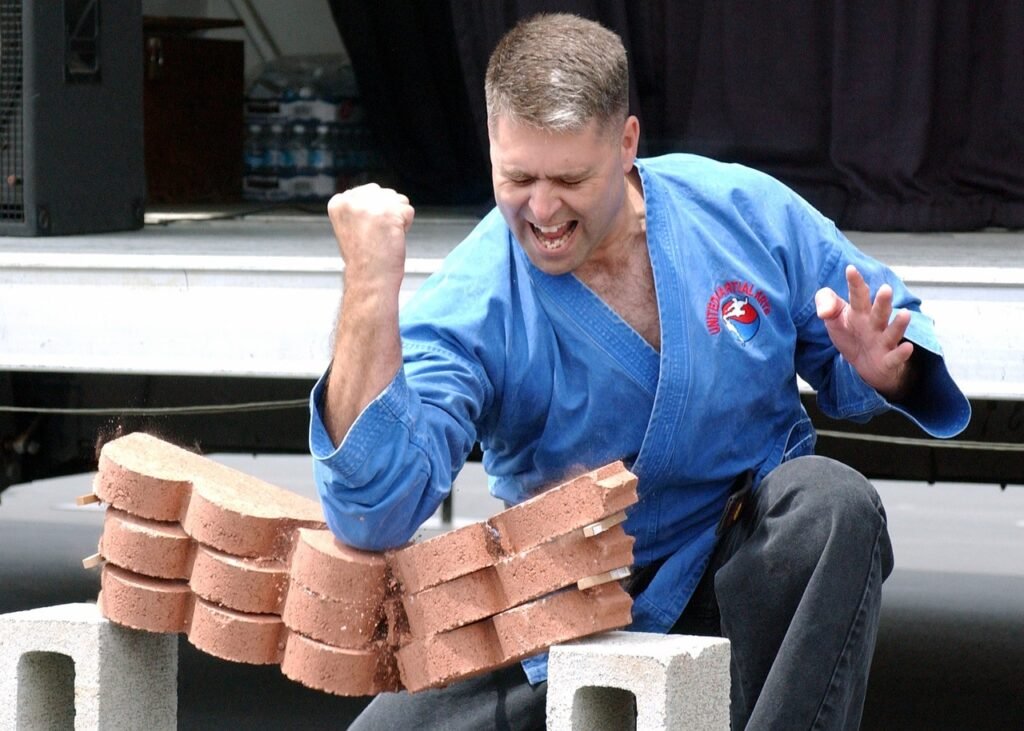
Grabbing and trapping are also integral parts of Wing Chun and are permitted within the confines of the rules.
However, techniques that pose a high risk of injury, such as strikes to the back of the head, groin attacks, or joint manipulation, are strictly prohibited.
Competitors must adhere to these guidelines to avoid penalties or disqualification.
Divisions in Wing Chun tournaments are typically categorized based on age, skill level, and weight.
Age divisions ensure that younger participants compete against peers of similar maturity and physicality, reducing the risk of injury and promoting fair competition.
Skill levels, often classified as beginner, intermediate, and advanced, allow participants to compete against others with comparable experience and proficiency.
Weight divisions further ensure fairness by matching competitors of similar size and strength, minimizing the potential for mismatches.
Safety protocols are paramount in Wing Chun tournaments.
All participants are required to wear appropriate protective gear, including headgear, mouthguards, gloves, and shin guards.

The tournament organizers must provide medical personnel on-site to address any injuries promptly.
Additionally, referees are trained to enforce the rules strictly and intervene when necessary to protect the competitors’ safety.
Fair play is a fundamental principle in Wing Chun tournaments.
Competitors are expected to exhibit respect and sportsmanship towards their opponents and officials.
Any form of unsportsmanlike conduct, such as taunting, excessive force, or non-compliance with the rules, can result in penalties or disqualification.
Recruiting Judges and Officials
Recruiting judges and officials for a Wing Chun martial arts tournament is a critical step that ensures the event’s success and fairness.
The selection process should focus on individuals who possess a deep understanding of Wing Chun techniques and tournament rules.
It is essential to prioritize candidates who have significant experience in Wing Chun.
Either as practitioners or instructors, to ensure they are well-versed in the intricacies of the martial art.
Qualifications for judges generally include a minimum number of years of practice in Wing Chun and a demonstrated ability to evaluate techniques effectively.
Additionally, potential judges should have prior experience officiating at martial arts events to understand the dynamics and pressures of real-time decision-making.
Impartiality is paramount; judges must be able to set aside personal biases and affiliations.
Ensuring that competitors are evaluated solely on their performance.
To maintain high standards of judging, it is crucial to conduct pre-tournament meetings and training sessions.
These sessions serve as an opportunity to review the tournament rules, scoring criteria, and proper protocols.
They also provide a platform for discussing any potential ambiguities in the rules.
Ensuring that all judges and officials have a consistent understanding.
During these meetings, simulations of judging scenarios can be valuable for aligning the interpretations and responses of the officials.
Training sessions aimed at improving consistency in judging are equally important.
They should include practical exercises, such as reviewing video footage of past competitions and conducting mock tournaments.
These activities help judges refine their skills in assessing techniques and making quick, accurate decisions.
Additionally, these sessions foster communication and teamwork among the officials.
Which is essential for handling any disputes or issues that may arise during the tournament.
By meticulously recruiting and training judges and officials.
The integrity and smooth operation of a Wing Chun martial arts tournament can be upheld, ensuring a fair and rewarding experience for all competitors.
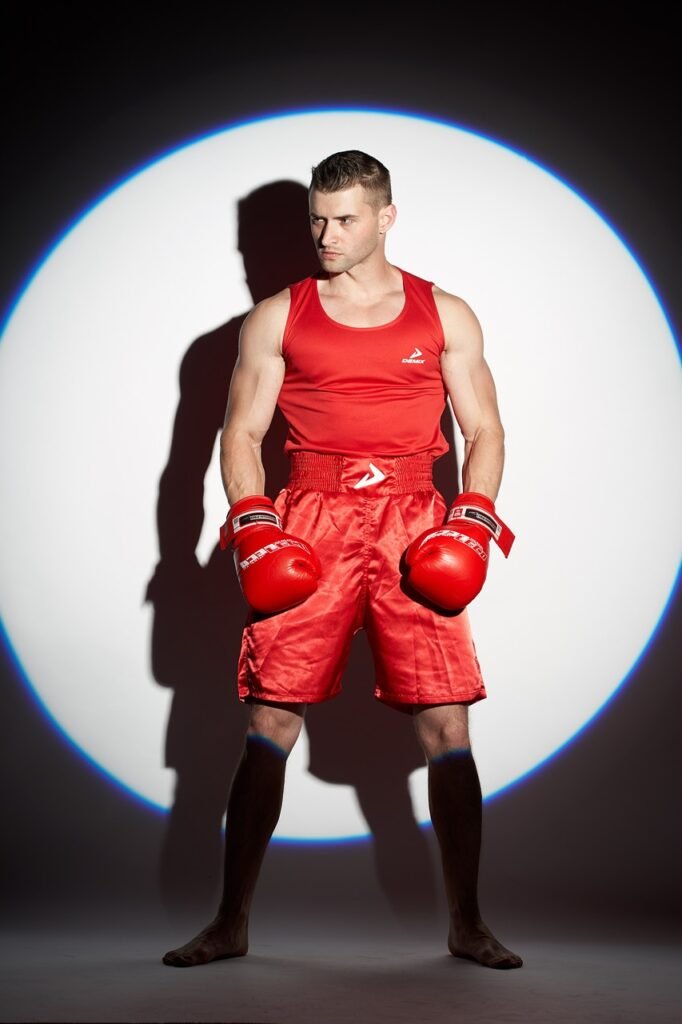
Promoting the Tournament
Effective promotion is crucial for the success of a Wing Chun martial arts tournament.
Attracting participants and spectators requires a multifaceted approach that leverages both traditional and digital marketing strategies.
Social media platforms like Facebook, Instagram, and Twitter serve as powerful tools for reaching a broad audience.
Creating engaging content, such as videos of past tournaments, participant testimonials.
And training tips, can generate interest and excitement around the event.
Regular updates and countdown posts will keep the audience engaged and informed.
Local martial arts publications and websites are another valuable avenue for promotion.
Announcements and articles in these specialized media can reach potential participants who are already interested in martial arts.
Distributing flyers and posters in local gyms, community centers, and martial arts schools can further enhance visibility.
These physical marketing materials should be eye-catching and include essential details such as the date, venue, and registration information.
Partnering with local businesses and media outlets can provide additional promotional benefits.
Sponsorships from businesses not only help in covering event costs but also extend the tournament’s reach through their customer base.
Local media coverage, including newspapers, radio stations, and local TV channels, can significantly boost the event’s profile.
These partnerships can be mutually beneficial, providing businesses with exposure to a new audience while enhancing the tournament’s credibility.
A user-friendly registration process is essential for encouraging participation.
An online registration system with clear instructions and an easy-to-navigate interface will facilitate a smooth sign-up experience.
Regular communication with participants is equally important.
Sending out confirmation emails, reminders.
And updates ensures that all participants are well-inform and prepare for the event.
In summary, a well-rounded promotional strategy that combines social media, traditional marketing.
And strategic partnerships will effectively attract both participants and spectators to the Wing Chun martial arts tournament.

Clear communication and a seamless registration process will further enhance the experience for all involve.
On the day of the Wing Chun martial arts tournament, efficient logistics are paramount to ensure a smooth and successful event.
The first task is setting up the venue. This involves arranging the competition area with appropriate mats to ensure safety and comfort for the participants.
Additionally, it is crucial to have all necessary equipment on hand, such as protective gear, scoring systems, and first-aid kits.
Ensuring that all equipment is in good condition and readily accessible will help avoid any last-minute hitches.
Organizing the registration and weigh-in process is another critical aspect of event day logistics.
Participants should be direct to a designate area where they can register and undergo weigh-ins.
This process should be efficient and well-organize to prevent delays.
Having a clear and structure schedule for the day is essential.
The schedule should outline the timing for each match, breaks, and other activities.
Displaying this schedule prominently at the venue will help keep both participants and spectators inform.
Adequate staffing is fundamental to the tournament’s success.
Volunteers and staff members should be assign specific roles, such as registration officials, weigh-in monitors, scorekeepers, and marshals.
Providing a briefing session for staff before the event starts can ensure everyone understands their responsibilities and the overall flow of the tournament.
Additionally, having a well-coordinating team will aid in managing the event efficiently and addressing any issues that arise promptly.
Lastly, contingency plans are essential to handle unforeseen issues.
Whether it’s a sudden equipment malfunction, medical emergency.
Or unexpected weather conditions if the event is outdoors, having backup plans in place will help minimize disruptions.
These plans should include alternative equipment sources.
Emergency medical protocols, and designates shelter areas if needed.
By anticipating potential challenges and preparing accordingly, the tournament organizers can ensure a seamless experience for all involves.
Conducting the Matches
Conducting matches in a Wing Chun martial arts tournament requires meticulous planning and execution to ensure a smooth and fair competition.
The process begins with the initial announcements made by the master of ceremonies (MC).
The MC plays a crucial role in maintaining the event’s flow.
providing clear communication, and keeping the audience engage.
They should articulate the rules, schedule, and expectations to ensure all participants and spectators are well-inform.
Calling competitors to the ring is another vital aspect manage by the MC.
This process should be well-organize to avoid confusion and delays.
Competitors’ names should be announce clearly, and they should be given ample time to prepare and approach the ring.
It is essential to have a designates waiting area for participants to minimize downtime between matches.
This helps maintain a steady flow of bouts throughout the day.
The flow of matches is paramount in keeping the tournament on schedule.
Each match should commence promptly after the previous one concludes.
Judges and referees should be prepare and position to start the next bout immediately.
The event coordinators must ensure that all necessary equipment.
such as protective gear and scorecards, are readily available to prevent any interruptions.
Keeping the event on schedule also involves managing unforeseen delays.
The MC and event staff should have contingency plans for handling issues such as injuries, equipment malfunctions, or disputes.
Communication is key; regular updates about the schedule and any changes should provide to both participants and spectators to keep everyone inform and reduce anxiety.
Ensuring all participants are aware of their match times is critical.
This can be achieve through a combination of verbal announcements, written schedules, and digital displays.
Participants should be remind to stay within the vicinity of the competition area and be attentive to announcements to avoid missing their bouts.
By meticulously managing these elements, tournament organizers can ensure a seamles.
and professional event that upholds the principles of Wing Chun martial arts.

Post-Tournament Activities
Once the Wing Chun martial arts tournament reaches its conclusion, several important activities must be diligently carry out to ensure a successful wrap-up.
A key component is the awarding of medals and trophies to recognize the outstanding performances of competitors.
This not only celebrates the achievements of the participants but also fosters a sense of accomplishment and encouragement within the martial arts community.
Following the awards distribution, a closing ceremony should be conduct.
This ceremony serves as an opportunity to thank all participants, judges, volunteers.
and sponsors for their contributions and to formally mark the end of the event.
The closing ceremony can also include brief speeches from key figures or sponsors.
enhancing the communal and celebratory atmosphere of the tournament’s conclusion.
Providing feedback forms to participants is another critical step.
These forms are essential for collecting valuable insights regarding the participants’ experiences.
which can be use to improve future tournaments.
Ensuring that the feedback process is straightforward and accessible will likely yield more comprehensive and constructive responses.
It is also essential to follow up with thank you notes to all involved parties.
Personalized notes to volunteers, judges, sponsors, and participants show appreciation for their time and effort.
This gesture not only reinforces positive relationships but also increases the likelihood of their continued support in future events.
A debriefing session with the organizing team should be schedules soon after the tournament concludes.
This session is vital for reviewing the event’s overall execution, identifying any issues that arose.
and discussing potential improvements for future tournaments.
Gathering detailed feedback from all team members will help in refining the planning and execution processes.
Ensuring that each subsequent event is better than the last.

